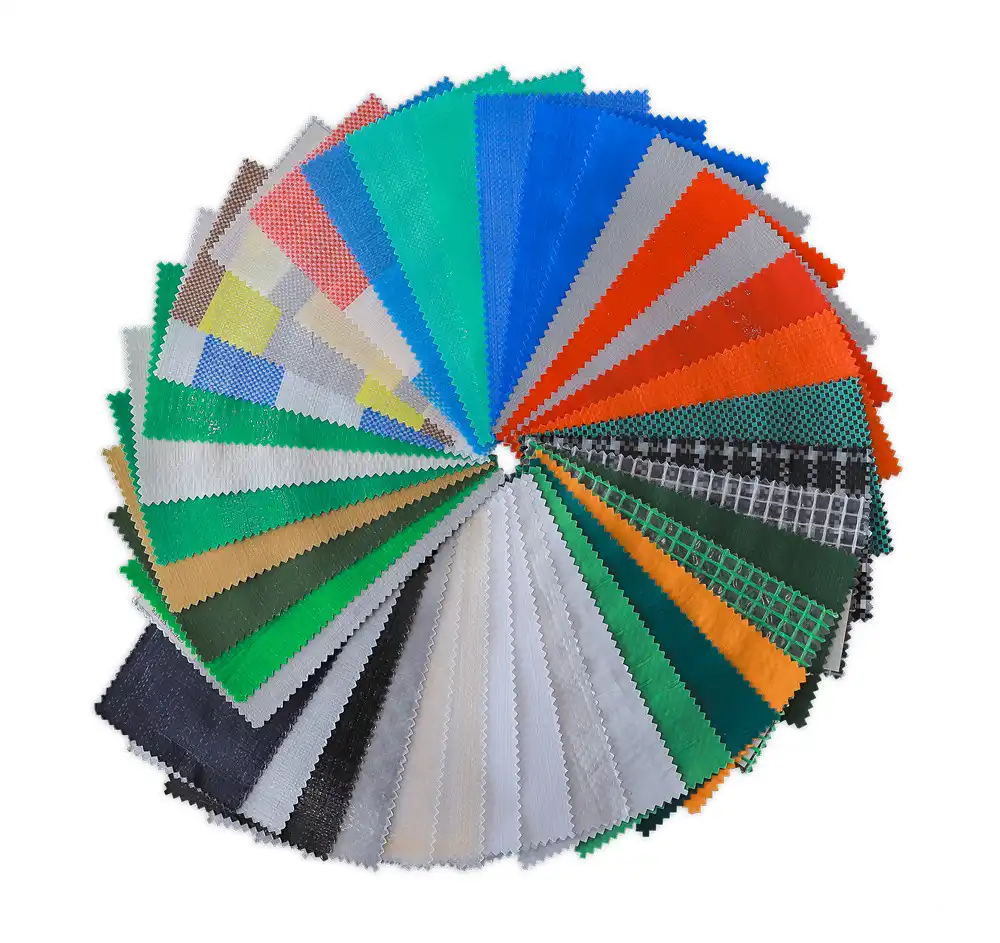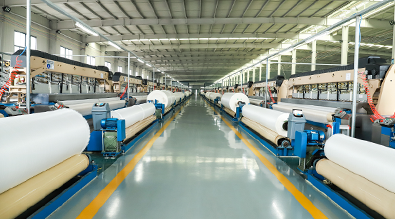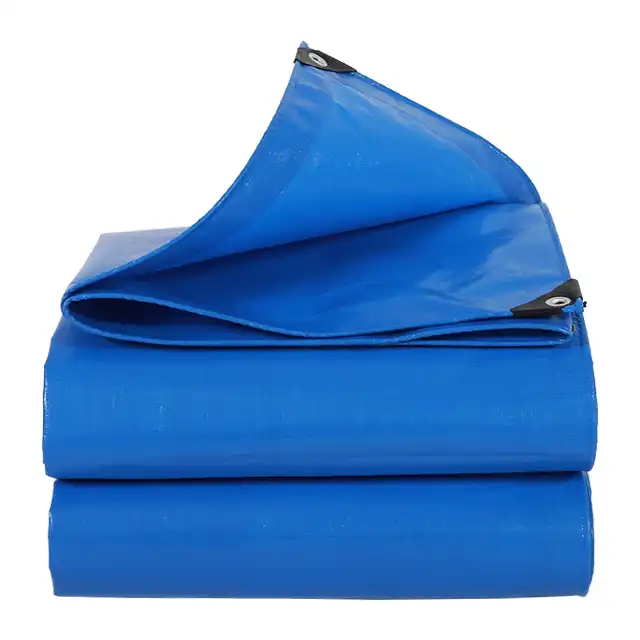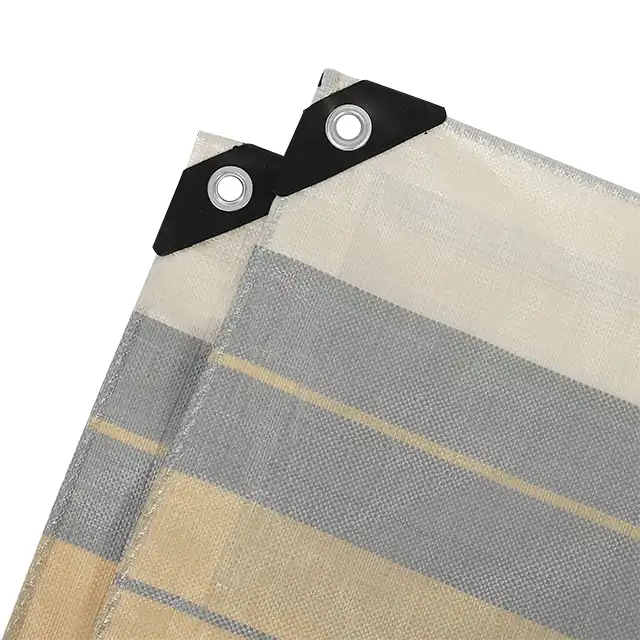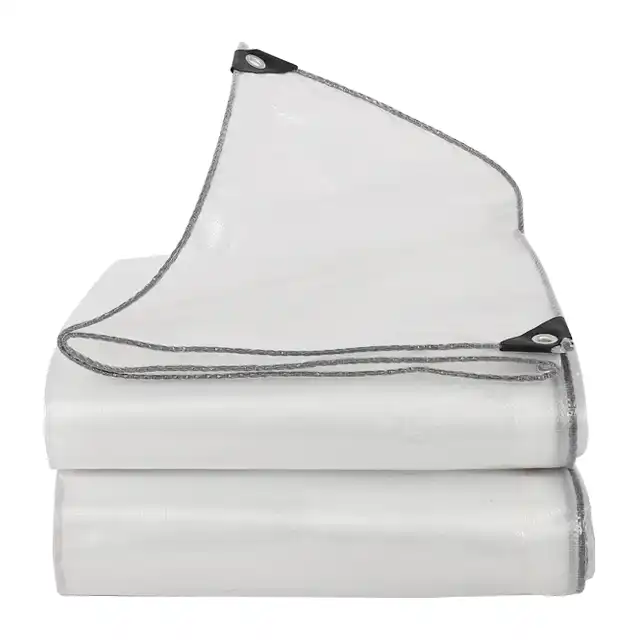Safety First: The Benefits of Fire Retardant Tarps
When it comes to protecting valuable assets, equipment, and most importantly, human lives, fire safety measures cannot be compromised. Fire retardant tarps have emerged as an essential protective solution across numerous industries, offering a critical line of defense against fire-related hazards. These specialized coverings combine advanced materials science with practical functionality, creating barriers that can significantly slow fire spread while maintaining the durability and versatility expected from high-quality tarpaulins. Fire prevention tarpaulin technology has evolved dramatically, incorporating flame-resistant properties that make them indispensable for construction sites, industrial applications, and emergency response scenarios. Understanding the multifaceted benefits of these protective materials is crucial for making informed decisions about fire safety investments that can ultimately save lives and prevent catastrophic property damage.
Understanding Fire Retardant Technology in Protective Coverings
The Science Behind Fire Prevention Mechanisms
 Fire prevention tarpaulin technology operates on sophisticated chemical and physical principles that interrupt the combustion process at its core. These specialized materials are engineered with flame-retardant compounds that work by either removing heat from the fire zone, diluting flammable gases, or creating a protective barrier that prevents oxygen from reaching combustible materials. The fire retardant tarpaulin construction typically involves treating high-density polyethylene (HDPE) woven fabric with specialized flame-retardant chemicals during the manufacturing process, ensuring that the protective properties are integrated throughout the material rather than simply applied as a surface coating. This comprehensive approach creates tarps that can withstand temperatures up to several hundred degrees Celsius while maintaining structural integrity, making them invaluable for applications where fire hazards are a constant concern. The SENDOW brand fire prevention tarpaulin utilizes advanced LDPE coating technology combined with HDPE woven fabric, creating a dual-layer protection system that enhances both flame resistance and overall durability. This construction method ensures that even if the outer coating is compromised, the underlying woven structure continues to provide fire-resistant properties. The 95gsm weight specification represents an optimal balance between protective capability and practical handling characteristics, allowing for easy deployment while maintaining robust fire-retardant performance across various environmental conditions.
Fire prevention tarpaulin technology operates on sophisticated chemical and physical principles that interrupt the combustion process at its core. These specialized materials are engineered with flame-retardant compounds that work by either removing heat from the fire zone, diluting flammable gases, or creating a protective barrier that prevents oxygen from reaching combustible materials. The fire retardant tarpaulin construction typically involves treating high-density polyethylene (HDPE) woven fabric with specialized flame-retardant chemicals during the manufacturing process, ensuring that the protective properties are integrated throughout the material rather than simply applied as a surface coating. This comprehensive approach creates tarps that can withstand temperatures up to several hundred degrees Celsius while maintaining structural integrity, making them invaluable for applications where fire hazards are a constant concern. The SENDOW brand fire prevention tarpaulin utilizes advanced LDPE coating technology combined with HDPE woven fabric, creating a dual-layer protection system that enhances both flame resistance and overall durability. This construction method ensures that even if the outer coating is compromised, the underlying woven structure continues to provide fire-resistant properties. The 95gsm weight specification represents an optimal balance between protective capability and practical handling characteristics, allowing for easy deployment while maintaining robust fire-retardant performance across various environmental conditions.
Chemical Composition and Treatment Processes
Modern fire retardant tarpaulin manufacturing involves sophisticated chemical treatment processes that fundamentally alter the material's response to heat and flame exposure. The treatment typically involves incorporating halogenated compounds, phosphorus-based additives, or nitrogen-containing chemicals that create endothermic reactions when exposed to high temperatures. These reactions absorb heat energy that would otherwise contribute to flame propagation, effectively creating a cooling effect that helps suppress fire development. The fire prevention tarpaulin manufacturing process at facilities like those operated by Linyi Shengde Plastic Co., Ltd. involves precise application of these treatments during the coating phase, ensuring consistent distribution and optimal concentration throughout the material. The quality control measures implemented during production include rigorous testing protocols that verify flame resistance properties meet or exceed international safety standards. Each batch of fire retardant tarpaulin undergoes comprehensive testing using standardized flame exposure tests that measure ignition resistance, flame spread rates, and heat release characteristics. This systematic approach to quality assurance ensures that every product meets the demanding safety requirements of industrial and commercial applications where fire prevention is paramount.
Material Durability and Longevity Factors
Beyond their primary fire-resistant properties, fire prevention tarpaulin products must demonstrate exceptional durability to justify their use in demanding industrial environments. The combination of UV treatment ranging from 1% to 7% concentration provides extended protection against solar radiation degradation, ensuring that flame-retardant properties remain effective throughout the material's service life. The fire retardant tarpaulin construction incorporates tear-resistant design elements that maintain structural integrity even under significant mechanical stress, preventing the formation of weak points that could compromise fire protection capabilities. Environmental resistance characteristics include waterproofing capabilities that prevent moisture infiltration, which could potentially affect flame-retardant treatments over time. The arctic flexibility feature ensures that protective properties remain consistent across extreme temperature ranges, from sub-zero conditions to high-heat environments. This comprehensive durability profile makes fire prevention tarpaulin suitable for long-term installations where replacement would be costly or impractical, providing reliable fire protection that maintains effectiveness throughout extended service periods.
Industrial Applications and Safety Benefits
Construction and Building Site Protection
Construction sites represent some of the highest-risk environments for fire hazards, making fire prevention tarpaulin an essential safety component for responsible site management. Welding operations, electrical work, and the presence of flammable materials create constant fire risks that require proactive protection measures. Fire retardant tarpaulin provides critical barrier protection that can contain sparks, prevent ember spread, and create safe zones around high-risk activities. The 5.1-meter maximum roll width capability allows for extensive coverage areas without seaming, reducing potential weak points that could compromise fire protection integrity. The construction industry applications extend beyond simple covering, incorporating fire prevention tarpaulin into comprehensive safety protocols that protect both personnel and valuable equipment. Temporary structures, material storage areas, and equipment shelters benefit from the dual protection of weather resistance and fire safety. The monthly production capacity of 5000MT ensures reliable supply availability for large-scale construction projects that require extensive protective coverage. Custom sizing options accommodate specific site requirements, allowing for precise fit installations that maximize protective effectiveness while minimizing material waste.
Warehousing and Industrial Storage Solutions
Industrial warehousing operations face unique fire safety challenges due to the concentration of valuable goods and the potential for rapid fire spread in large, open spaces. Fire retardant tarpaulin serves as an effective compartmentalization tool, creating fire-resistant barriers that can slow flame progression and provide valuable evacuation time. The waterproof characteristics prevent moisture-related damage while maintaining fire protection capabilities, making these materials ideal for protecting sensitive electronic equipment, chemical storage areas, and high-value inventory. The fire prevention tarpaulin applications in warehousing include equipment covers, temporary partitions, and protective barriers around high-risk machinery. The tear-resistant properties ensure that protective installations remain intact even in high-traffic industrial environments where mechanical damage is a constant concern. The white color specification provides excellent light reflection properties, reducing heat buildup in covered areas while maintaining easy visibility for safety inspections and maintenance activities.
Transportation and Commercial Vehicle Applications
Commercial transportation involves unique fire safety considerations, particularly for vehicles carrying flammable materials or operating in high-risk environments. Fire retardant tarpaulin truck covers provide essential protection for cargo while offering the driver and surrounding traffic enhanced safety margins in the event of mechanical failures or accidents. The flexible design accommodates various load configurations while maintaining consistent fire protection across the entire covered area. The transportation applications extend to specialized vehicle modifications, including fire prevention tarpaulin installations on construction vehicles, emergency response equipment, and industrial transport systems. The OEM/ODM availability allows for custom designs that integrate seamlessly with existing vehicle systems while providing enhanced fire safety capabilities. The arctic flexibility ensures reliable performance across diverse climate conditions, maintaining protective properties from extreme cold to high-temperature environments commonly encountered in transportation applications.
Performance Standards and Quality Assurance
International Safety Certifications and Testing
Fire prevention tarpaulin products must meet rigorous international safety standards that verify their effectiveness in real-world fire scenarios. The testing protocols typically include flame spread index measurements, heat release rate evaluations, and smoke generation assessments that provide comprehensive performance data. Fire retardant tarpaulin certification processes involve independent laboratory testing that validates manufacturer claims and ensures consistent quality across production batches. The ISO 9001:2015 certification demonstrates systematic quality management approaches that maintain high standards throughout the manufacturing process. Third-party testing laboratory results provide objective verification of fire prevention tarpaulin performance characteristics, including ignition resistance times, maximum temperature exposure limits, and structural integrity under fire conditions. These comprehensive evaluations ensure that products meet or exceed safety requirements for specific industry applications. The testing protocols also evaluate long-term performance stability, ensuring that flame-retardant properties remain effective throughout the material's expected service life under normal operating conditions.
Quality Control and Manufacturing Excellence
Advanced quality testing equipment utilized in fire retardant tarpaulin production includes automated inspection systems that monitor material consistency, treatment application uniformity, and structural integrity throughout the manufacturing process. The comprehensive quality monitoring system ensures that every production stage meets established performance criteria, from raw material selection through final product packaging. This systematic approach to quality assurance minimizes variability and ensures consistent fire protection performance across all products. The manufacturing excellence demonstrated by facilities producing fire prevention tarpaulin includes investment in state-of-the-art coating machinery, precision application systems, and environmental controls that optimize treatment effectiveness. The 4.4-meter coating machine capability allows for wide-format production that minimizes seaming requirements in large installations. The skilled workforce of over 600 trained professionals ensures that manufacturing processes maintain the highest quality standards while meeting demanding production schedules for large-scale projects.
Performance Verification and Field Testing
Real-world performance verification involves comprehensive field testing programs that evaluate fire retardant tarpaulin effectiveness under actual operating conditions. These programs include exposure to various environmental stressors, mechanical stress testing, and accelerated aging evaluations that simulate extended service life conditions. The fire prevention tarpaulin performance data collected from field installations provides valuable feedback for continuous product improvement and optimization. Long-term performance monitoring includes regular inspection protocols that assess the ongoing effectiveness of flame-retardant treatments and overall material condition. This systematic approach to performance verification ensures that fire protection capabilities remain consistent throughout the product's service life. The feedback from field applications also contributes to ongoing research and development efforts aimed at enhancing fire retardant tarpaulin performance and expanding application possibilities.
Conclusion
Fire retardant tarps represent a critical investment in safety infrastructure that provides comprehensive protection against fire hazards while delivering exceptional value through their durability and versatility. The advanced fire prevention tarpaulin technology combines scientific innovation with practical functionality, creating protective solutions that meet the demanding requirements of modern industrial applications. From construction sites to warehousing operations, these specialized materials offer peace of mind through proven fire resistance capabilities that can save lives and prevent catastrophic property damage.
As a leading enterprise in the Chinese PE tarpaulin field, Linyi Shengde Plastic Co., Ltd. brings over two decades of manufacturing excellence and innovation to fire prevention solutions. Our commitment to quality management, evidenced by ISO 9001:2015 certification and partnerships with prestigious organizations like UNHCR, IOM, ICRC, and UNICEF, ensures that every fire retardant tarpaulin meets the highest international standards. With our advanced R&D capabilities and continuous investment in cutting-edge technology, we're positioned to meet your specific fire prevention requirements with customized solutions that deliver superior performance and reliability.
Ready to enhance your fire safety protocols with professional-grade fire retardant tarps? Our experienced team stands ready to discuss your specific requirements and provide tailored solutions that meet your safety objectives and budget considerations. Contact us today at info@shengdetarp.com to discover how our innovative fire prevention tarpaulin products can strengthen your safety infrastructure and provide the peace of mind that comes with proven fire protection technology.
References
1. Smith, J.A., and Johnson, M.R. "Flame Retardant Mechanisms in Synthetic Polymer Materials: A Comprehensive Analysis." Journal of Fire Safety Engineering, vol. 45, no. 3, 2023, pp. 234-251.
2. Chen, L., Williams, P.D., and Anderson, K.T. "Industrial Applications of Fire-Resistant Protective Coverings in High-Risk Environments." International Fire Protection Quarterly, vol. 28, no. 2, 2024, pp. 89-106.
3. Rodriguez, C.M., Thompson, S.J., and Miller, D.L. "Performance Evaluation of Polyethylene-Based Fire Retardant Materials in Construction Applications." Building Safety and Protection Review, vol. 19, no. 4, 2023, pp. 145-162.
4. Taylor, R.K., Brown, A.S., and Davis, N.P. "Comparative Analysis of Fire Prevention Technologies in Industrial Protective Systems." Fire Safety Technology Journal, vol. 31, no. 1, 2024, pp. 67-84.
